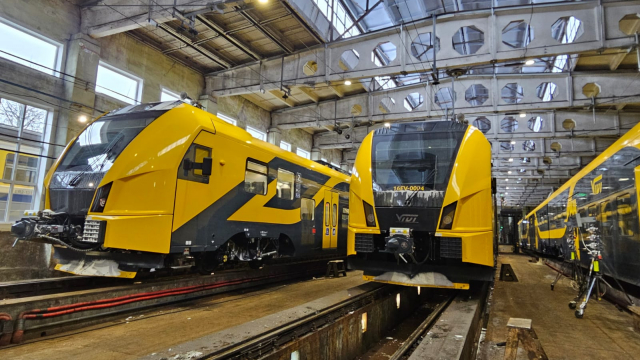On the highways to Ķekava, Ogre and elsewhere where construction works are taking place, a footpath is also being built, but not along the A2 – Latvia's main highway to the north-east of the country.
Concrete weirs are being laid on the roadsides to drain water, but pedestrians and cyclists are not being thought of at all.
This does not sit well with Normunds, a resident of Drabeši municipality, who told LTV's "4. studija" program that there are many settlements between Sigulda and Berzkrogs and to get to and from the bus stops, one has to walk along the highway with heavy traffic.
Why has the state company Latvian State Roads (LVC) not provided a sidewalk on this section, let alone a cycle path?
"When the A2 project was being designed, a study was carried out on the possibility of building pedestrian and cycling infrastructure. The pedestrian counts showed a negligible traffic volume – 2-3 people per hour. At this level of traffic, no pedestrian and cycling infrastructure is envisaged. In order to consider building such infrastructure, the traffic volume should be at least 20 people per hour," explained Anna Kononova, Head of the Communications Department at Latvian State Roads.
So the logic behind the decision not to build a pavement was that only a few pedestrians per hour were recorded. However, it seems reasonable to speculate that perhaps one reason the number of pedestrians and cyclists is so low is that it is quite dangerous to walk along a major highway that lacks pedestrian infrastructure.
"Given that funding for the maintenance and development of the national road network has been insufficient for many years, works are carried out in priority order, and this also applies to pedestrian and cycling infrastructure - it is built where it is needed most, where there is the greatest number of users and where it meets other criteria," Kononova said.






















